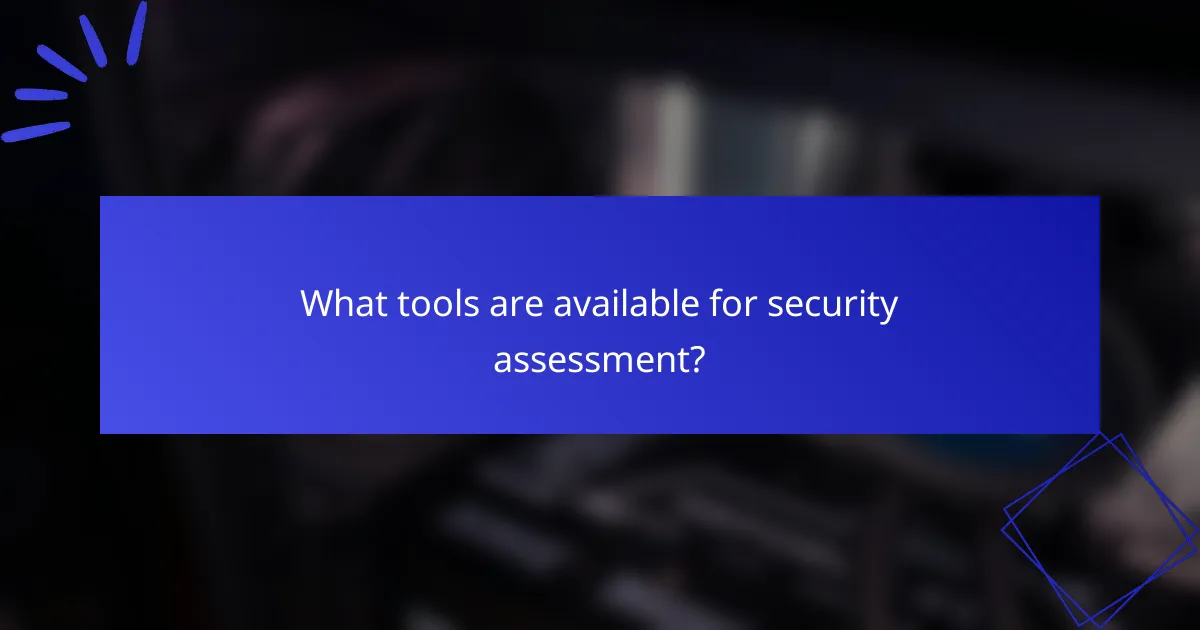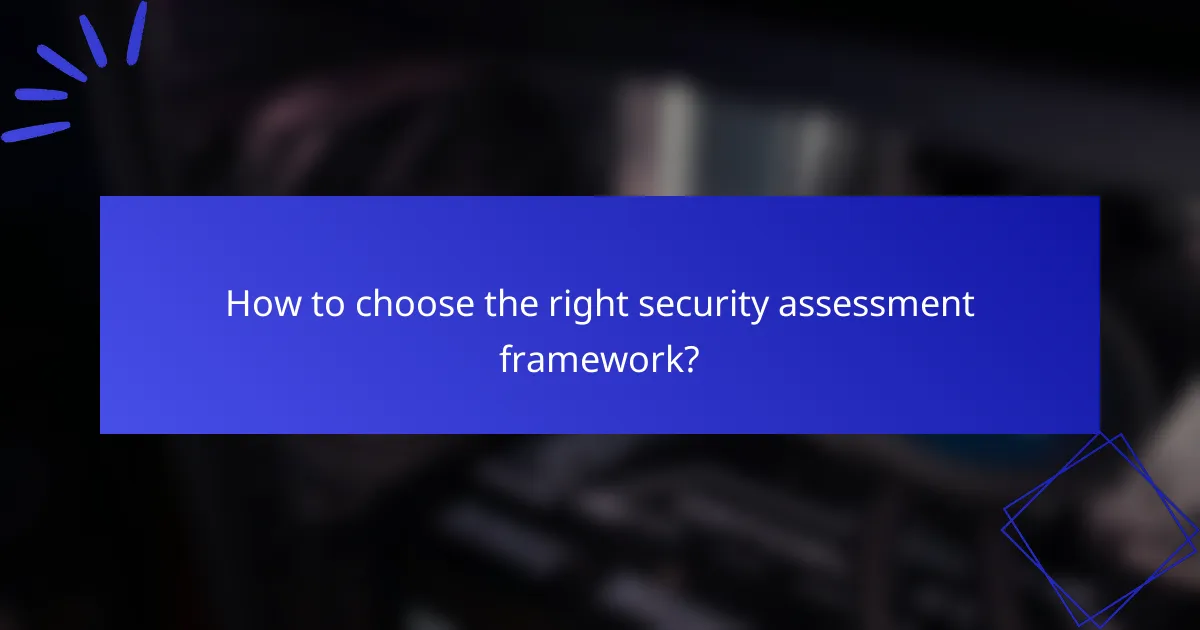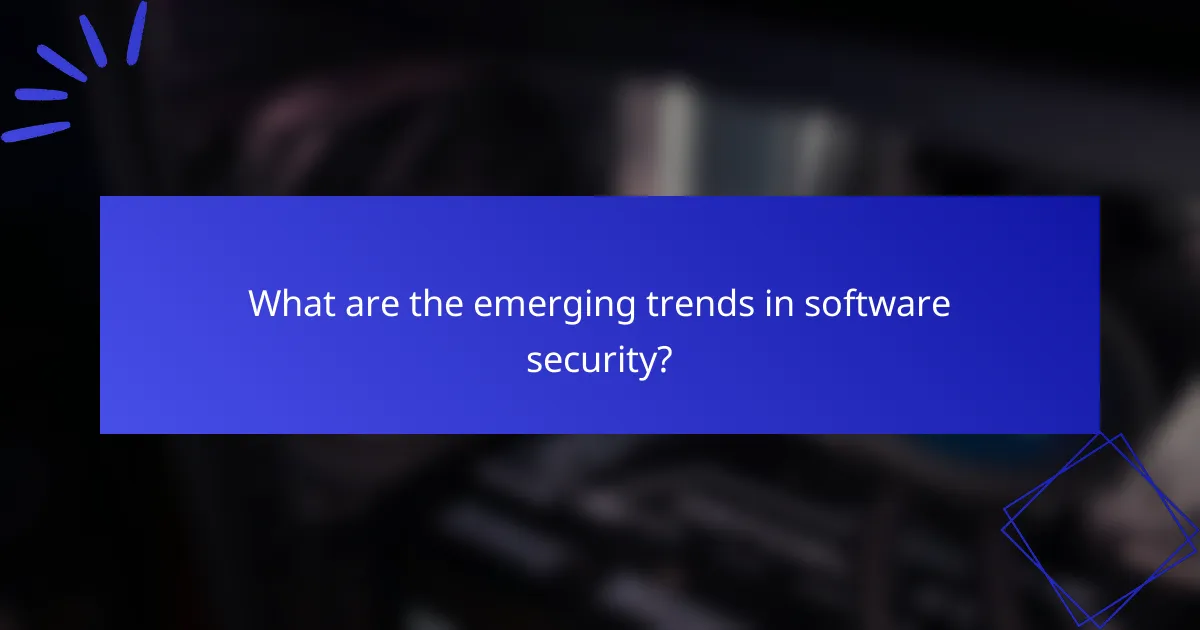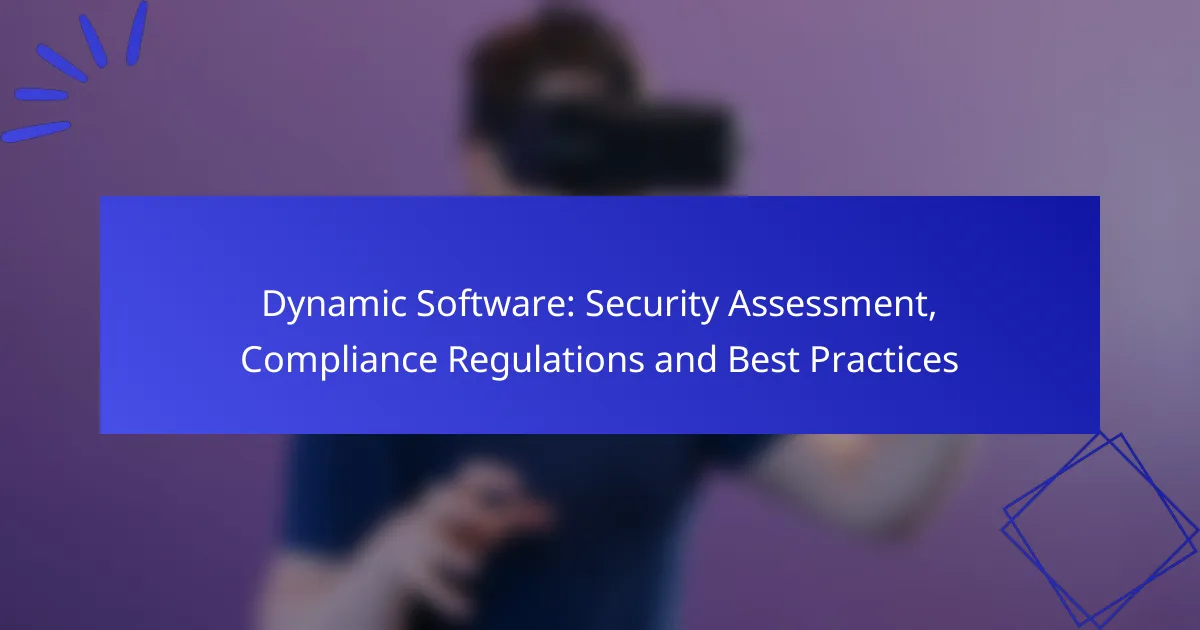Dynamic software security assessment is essential for identifying and mitigating vulnerabilities throughout the software development lifecycle, thereby enhancing application security. Compliance regulations play a critical role in shaping software practices by enforcing guidelines that protect data security and user privacy, making adherence vital for legal and trust considerations. Utilizing specialized tools for security assessment allows organizations to evaluate their security posture effectively and implement best practices to reduce risks.

What are the best practices for dynamic software security assessment?
Best practices for dynamic software security assessment involve proactive measures to identify and mitigate vulnerabilities throughout the software development lifecycle. Implementing these practices can significantly enhance the security posture of applications.
Regular vulnerability scanning
Regular vulnerability scanning is crucial for identifying security weaknesses in dynamic software. Automated tools can be scheduled to run scans periodically, allowing teams to detect and address vulnerabilities before they can be exploited.
Consider using a mix of automated and manual scanning techniques to ensure comprehensive coverage. Aim to conduct scans at least monthly, or more frequently if your software undergoes significant changes.
Implementing multi-factor authentication
Multi-factor authentication (MFA) adds an extra layer of security by requiring users to provide two or more verification factors to gain access. This significantly reduces the risk of unauthorized access, even if passwords are compromised.
Implement MFA across all user accounts, especially for administrative access. Common methods include SMS codes, authenticator apps, or biometric verification, which can enhance security without overly complicating user access.
Conducting security training for employees
Security training for employees is essential to foster a security-aware culture within an organization. Regular training sessions can help staff recognize potential threats and understand the importance of following security protocols.
Consider conducting training at least twice a year, covering topics like phishing awareness, secure coding practices, and incident reporting. Engaging training formats, such as workshops or simulations, can improve retention and effectiveness.
Utilizing encryption for data protection
Encryption is a vital practice for protecting sensitive data both at rest and in transit. By converting data into a secure format, encryption ensures that even if data is intercepted, it remains unreadable without the proper decryption keys.
Implement encryption protocols such as TLS for data in transit and AES for data at rest. Regularly update encryption methods to comply with industry standards and ensure robust protection against evolving threats.
Establishing incident response plans
An incident response plan outlines the steps to take when a security breach occurs, minimizing damage and recovery time. Having a well-defined plan ensures that all team members know their roles and responsibilities during an incident.
Develop and regularly test your incident response plan, including communication strategies and escalation procedures. Aim to conduct tabletop exercises at least annually to refine the plan and keep the team prepared for real-world scenarios.

How do compliance regulations impact dynamic software?
Compliance regulations significantly influence the development and deployment of dynamic software by imposing strict guidelines for data security and user privacy. Adhering to these regulations is crucial for avoiding legal penalties and maintaining user trust.
GDPR requirements for data handling
The General Data Protection Regulation (GDPR) mandates that organizations processing personal data of EU citizens must ensure transparency, security, and user consent. Dynamic software must incorporate features that allow users to manage their data preferences easily.
Key considerations include implementing data encryption, conducting regular audits, and ensuring that data is stored only as long as necessary. Organizations should also provide clear privacy notices and allow users to access or delete their data upon request.
HIPAA compliance for healthcare applications
The Health Insurance Portability and Accountability Act (HIPAA) sets standards for protecting sensitive patient information in healthcare applications. Dynamic software must ensure that all electronic protected health information (ePHI) is securely handled and transmitted.
To comply, developers should implement access controls, encryption, and regular security assessments. Additionally, it is essential to train staff on HIPAA regulations and establish clear protocols for reporting breaches.
PCI DSS standards for payment processing
The Payment Card Industry Data Security Standard (PCI DSS) outlines security measures for organizations that handle credit card transactions. Dynamic software used for payment processing must comply with these standards to protect cardholder data.
Key requirements include encrypting transmission of cardholder data, maintaining a secure network, and regularly monitoring and testing networks. Businesses should also ensure that they only store essential data and that they have a clear incident response plan in place.

What tools are available for security assessment?
Various tools are available for security assessment, each serving specific purposes in identifying vulnerabilities and ensuring compliance. These tools help organizations evaluate their security posture and implement best practices to mitigate risks.
Qualys for vulnerability management
Qualys is a cloud-based platform that provides comprehensive vulnerability management solutions. It scans systems and applications for known vulnerabilities, offering detailed reports and remediation guidance.
Organizations can schedule regular scans to ensure continuous monitoring. Qualys also integrates with other security tools, enhancing overall security workflows. Consider using it for its scalability and ease of deployment across diverse environments.
Burp Suite for web application security
Burp Suite is a popular tool for testing the security of web applications. It offers features like automated scanning, manual testing, and a robust proxy for intercepting traffic between the browser and the server.
Burp Suite is particularly effective for identifying common web vulnerabilities such as SQL injection and cross-site scripting. Users should familiarize themselves with its extensive documentation to maximize its capabilities and avoid common pitfalls during testing.
OWASP ZAP for penetration testing
OWASP ZAP (Zed Attack Proxy) is an open-source tool designed for penetration testing of web applications. It provides automated scanners and various tools to help find security vulnerabilities during the development phase.
Being free and community-driven, ZAP is accessible for organizations of all sizes. It is essential to regularly update the tool to leverage the latest vulnerability definitions and to integrate it into the development lifecycle for continuous security assessment.

How to choose the right security assessment framework?
Selecting the right security assessment framework involves understanding your organization’s specific needs, compliance requirements, and risk management goals. Consider frameworks that align with industry standards and provide clear guidelines for evaluating security measures effectively.
NIST Cybersecurity Framework overview
The NIST Cybersecurity Framework (CSF) is a voluntary framework that helps organizations manage and reduce cybersecurity risk. It consists of five core functions: Identify, Protect, Detect, Respond, and Recover, which provide a comprehensive approach to cybersecurity.
Organizations can use the NIST CSF to assess their current security posture and identify areas for improvement. It is adaptable to various industries and can be tailored to fit specific organizational needs, making it a popular choice for many businesses.
ISO 27001 compliance criteria
ISO 27001 is an international standard that outlines the requirements for establishing, implementing, maintaining, and continually improving an information security management system (ISMS). Compliance with ISO 27001 demonstrates a commitment to managing sensitive company information securely.
Key criteria for ISO 27001 compliance include conducting a risk assessment, establishing an information security policy, and implementing controls to mitigate identified risks. Organizations must also undergo regular audits to ensure ongoing compliance and effectiveness of their ISMS.

What are the emerging trends in software security?
Emerging trends in software security focus on integrating advanced technologies and methodologies to enhance protection against evolving threats. Key developments include the use of artificial intelligence, the adoption of DevSecOps practices, and the implementation of zero-trust security models.
Increased use of AI in threat detection
The integration of artificial intelligence in threat detection is transforming how organizations identify and respond to security incidents. AI algorithms can analyze vast amounts of data in real-time, enabling quicker detection of anomalies and potential threats.
Organizations are increasingly leveraging machine learning models to improve their predictive capabilities. These models can adapt to new threats by learning from past incidents, allowing for more proactive security measures. However, reliance on AI also necessitates ongoing training and validation to ensure accuracy and effectiveness.
Shift towards DevSecOps practices
DevSecOps represents a cultural shift in software development, emphasizing the integration of security at every stage of the development lifecycle. This approach fosters collaboration between development, security, and operations teams, ensuring that security is not an afterthought but a fundamental aspect of software creation.
Implementing DevSecOps involves automating security testing and incorporating security tools into CI/CD pipelines. This can lead to faster release cycles while maintaining robust security standards. Organizations should prioritize training and resources to facilitate this transition and avoid common pitfalls such as siloed teams and inadequate security practices.
Growth of zero-trust security models
The zero-trust security model operates on the principle of “never trust, always verify,” meaning that no user or device is trusted by default, regardless of their location. This approach is gaining traction as organizations seek to protect sensitive data in increasingly complex environments.
Implementing a zero-trust model involves continuous authentication, strict access controls, and monitoring of user behavior. Organizations should assess their current infrastructure and identify critical assets to determine the necessary steps for a successful transition. Common challenges include managing legacy systems and ensuring user compliance with new security protocols.




